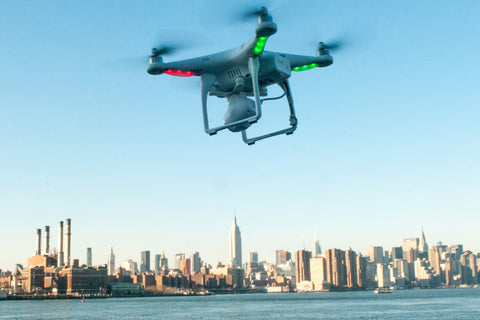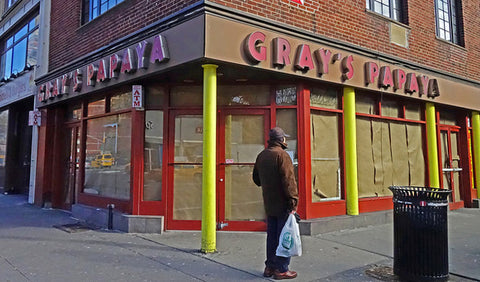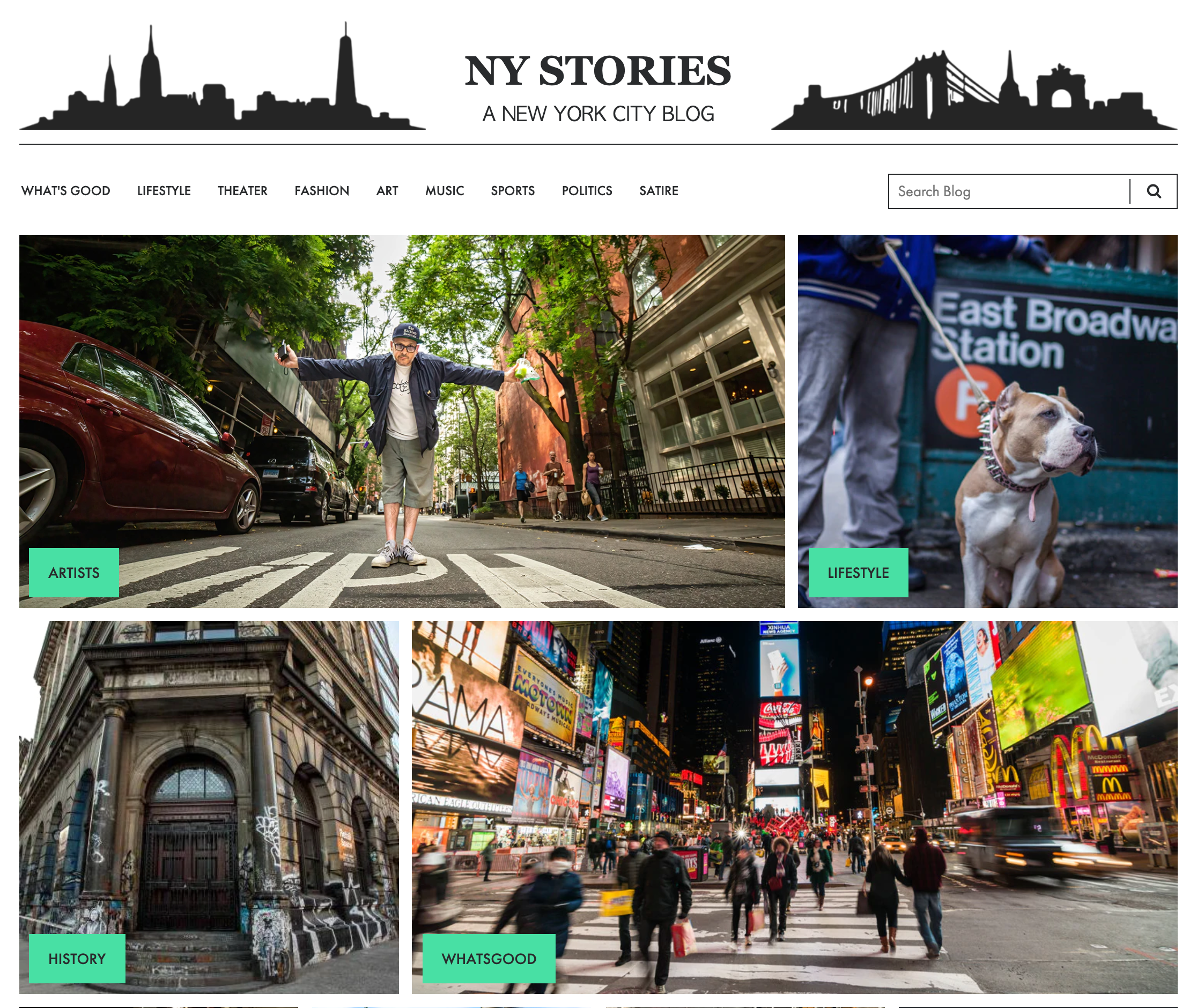
By Maryanne Christiano-Mistretta
New York City is hyped as having “the best” public transportation system in the United States, mainly for its subways which run 24 hours a day, seven days a week. Over 4.5 million passengers commute on the subway.
But are we really “the best”? How can anyone say “best” when dozens of people are killed in the stations each year? A few weeks ago, 40-year-old Michelle Go died after a man identified as Simon Martial, 61, pushed her in front of an R train as it made its way to the 42nd Street platform. Around the same time, another victim, a 62-year-old man was pushed onto the tracks at the Fulton Street station, but he survived with minimal injuries.
Platform Doors—Perfect Solution
In London screen doors have been installed on some platforms as far back as 1999. The floor-to-ceiling screens will open only after the trains have stopped, keeping passengers safer. The barrier between the platform and tracks prevents people from falling, being shoved onto the tracks, or throwing themselves onto the tracks in unfortunate suicide attempts. Platform screen doors and platform edge doors also help prevent fire risks such as litter build-up on the tracks. In addition, they help the sound quality of platform announcements by reducing background noise which comes from the tunnels, and trains that are entering and exiting.
Excuses, Excuses
When it comes to excuses, the Metropolitan Transportation Authority (MTA) has plenty. Adding barriers would be too challenging and impractical. Platforms are either too narrow, or they can’t bear the extra weight of a barrier. Plus, the fact that the NYC subway system uses different train car models that can’t be easily aligned with barriers. Making the change would be a pricey venture, to say the least. The result could add up to billions of dollars.
Other potential roadblocks would be station ventilation and maintaining platform accessibility, according to MTA acting Chair, Janno Lieber, who recently spoke out to several NYC news sources about the unfortunate situation. But even at the newest subway stations, the MTA elects against the upgrade gate installation.
It Can Be Done
According to recent NYC news sources, former MTA board member Charles Moerdler stated that it is feasible in many—but not all—stations. He finds “the constant ducking of the issue” offensive.
While the MTA continues to pardon themselves for not going forward with platforms due to ineptness of an old system, international cities such as London, Paris, and Hong Kong were able to figure out how to make it work despite their own senescent stations.
Additional countries that use platform screen doors, also known as platform edge doors, include Australia, Brazil, Canada, China, Colombia, Finland, Germany, India, Italy, Spain, and Sweden, to name a few.
Platform screen doors are scarce in the United States and on small-scale systems. But the Las Vegas Monorail system is successfully using them. In addition to their platform screen doors, the structure is well lit. It also has an incredible security team, many of which have a military or police background. There are also closed-circuit TV cameras in the trains. Maintenance checks are performed regularly on the state-of-the-art transportation system.
Amazing, right?
New York City needs to follow suit and up their game. Their citizens and visitors certainly deserve the subway safety and security—and respect.
What do you think? Tell us in the comment section below.
Articles You May Like
-

Manhattan Keeps on Bakin' It: New York Pizza 101
Pizza is my heart. My dad used to make them at an old school brick oven spot called Zino's in Cincinnati. The smell of that crust was intoxicating. He would bring a pie home from there or a another spot name La Rosa's with a sweet tomato sauce that was like, ambrosia almost every night. I can see... -

Vegan Fridays Debut in NYC Schools
By Maryanne Christiano-Mistretta New York City mayor Eric Adams eats mostly vegan meals. He recently stated to the press, "The more plant-based meals you eat, the healthier you will be." Inspired by his own success of eating better, he began a new policy, Vegan Fridays, which introduced vegan m... -

He Was The Mayor of Greenwich Village
Not many mayors in NYC. I don't mean elected politicians, but residents who spent so much time on their block that their names became synonymous with the neighborhood. Ricky Powell wasn't just a street photography legend, he was the mayor of Greenwich Village. He was the only person whose face w...









Comments